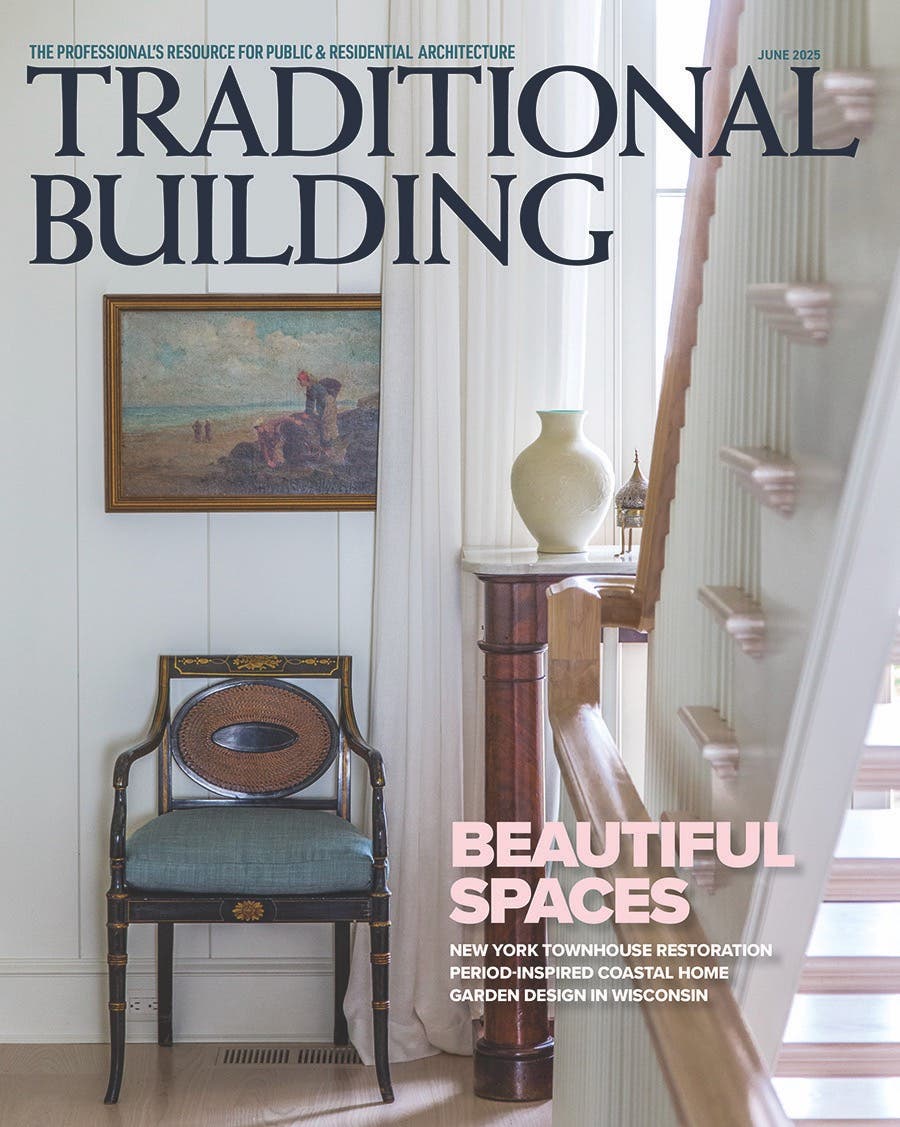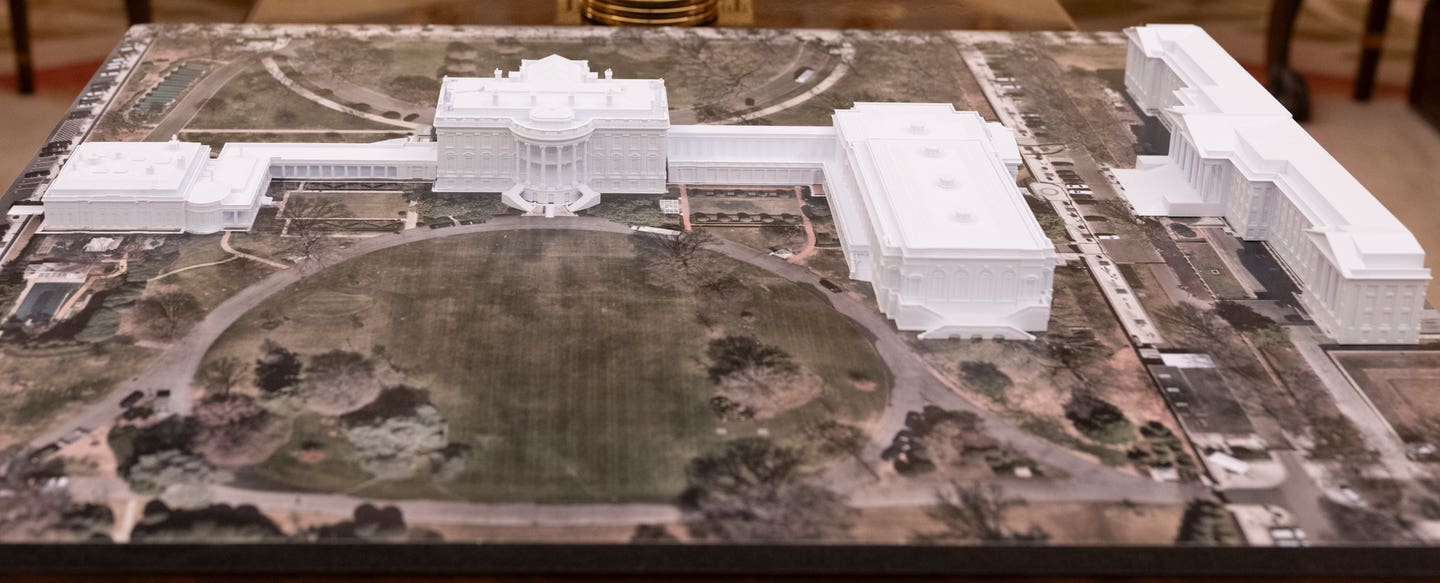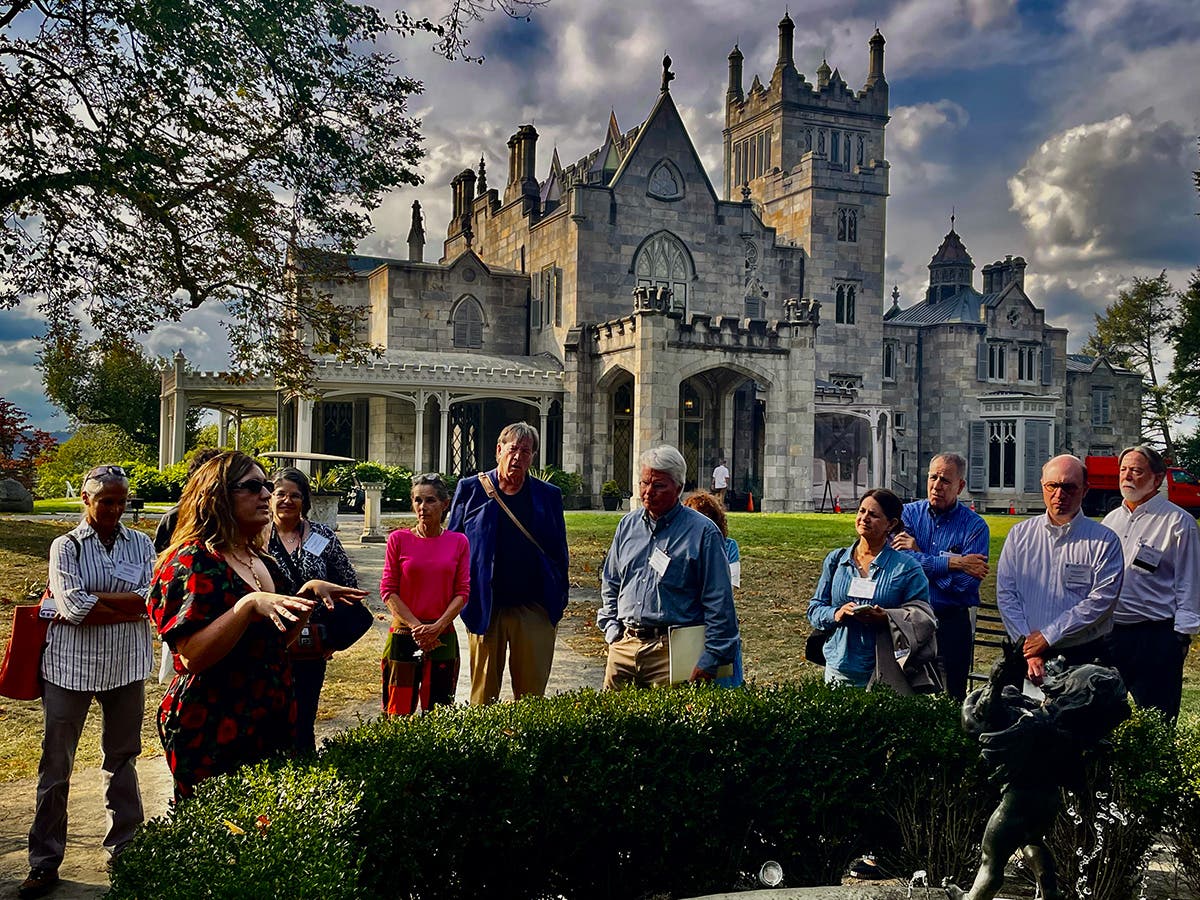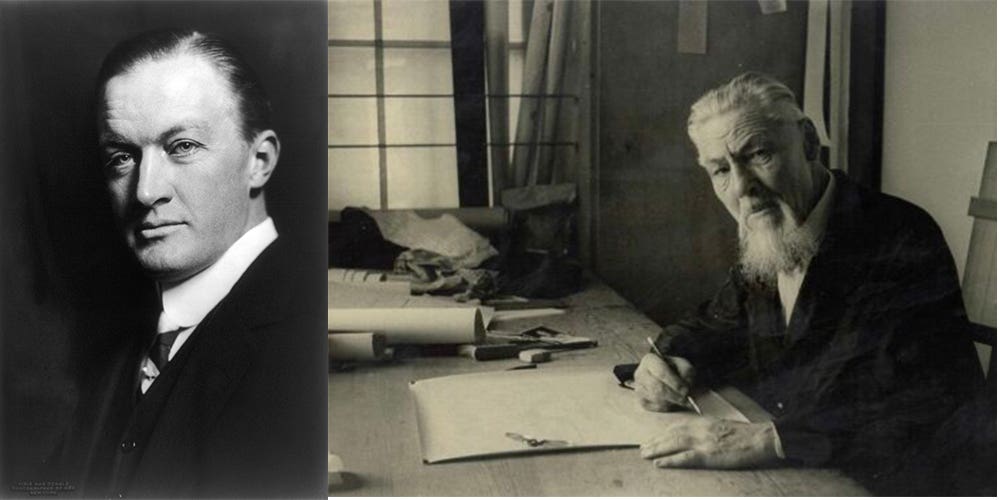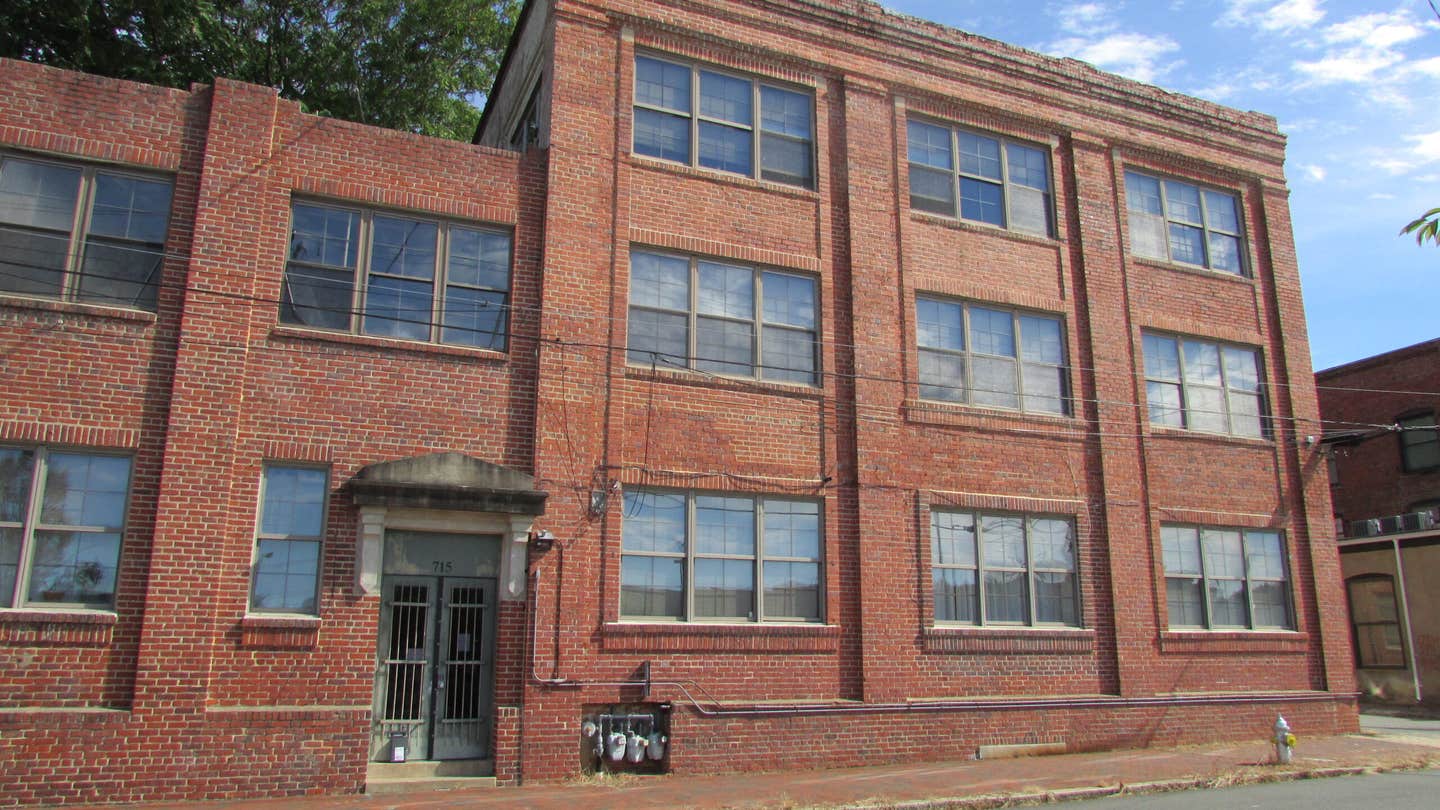
Rudy Christian
Which Came First: Teaching or Learning Trades?
Ken’s first contribution to “A Place for Trades” was primarily about process, which points up the fact that learning (hopefully) can be the result of a system of education which works from the top down, or the bottom up, or a mix of each. Analytically, this is quite well thought out and described, unlike the way in which most people I know in the trades would view their own circuitous route which lead them there. In fact, far more people I meet in the trades tell a story of starting out in the “hierarchal” learning environment and ending up in “distributed” ones, as Professor Elmore has put forth.
My timber framing mentor Ed Levin, who we unfortunately lost in 2013, started off college with the intention of becoming a mathematician. My college years were spent as a student of mechanical engineering. Interestingly, both of us started off studying subjects which later in life proved invaluable in our pursuit of the trade of timber framing, and both of us transitioned from one form of learning to another during our quest. In fact we probably spent time learning our trade in all four “distinct modes of learning” described by Professor Elmore.
To me this begs the question why is there such an imbalance in the implementation of the learning modes in our society? Have we intentionally structured public and private education as hierarchal because of the relative simplicity of it compared with the less structured modes, or have we designed the educational system to produce the kind of student we consider to be the most beneficial to our society? Have we modeled our culture of education to suit who we have become, or who we wish to become? The answer may lie in the fact that what we now call “shop class” was originally called “industrial arts.”
In a culture where tradespeople are considered highly valued members of society, the mechanisms by which the knowledge of the trades is passed from generation to generation are prolific. As I stated in my own last blog post, the fact that learning a trade is largely an experiential process means it requires tradespeople to be involved. It also means that the mode of learning our current educational matrix is built on, hierarchal individual, is not well suited to tradespeople functioning as educators within the system. In effect, whether by intention or not, our educational system is a reflection of our society; a society in which tradespeople are largely invisible.
As Ken points out, my personal mandate to share my knowledge of the trades isn’t shared by every tradesperson, nor should it be. I like to think my German heritage has influenced my desire to pass along the knowledge of the trades. In Germany tradespeople are still considered an important part of society and the educational system there is built to educate people with an interest in becoming one. My son and I were lucky enough to attend the Gewerbe Akademie in Rotweil, Germany, for a short period, where we studied compound roof framing. It was a valuable experience for me because of the insight it provided in how the trades can be taught.
Hierarchal v.s. Distributed Learning Modes
At first blush it would appear the mode of learning at the Gewerbe Akademie is “hierarchal" because each classroom has an instructor who oversees the learning activities undertaken by the students. Those activities, in the carpentry (Zimmerman) course, include drafting, projected drawing, tool sharpening, joinery and model building. What is interesting to me is that the student starts out learning the traditional ways of timber carpentry and transitions through its evolution to CNC machine programming and operation. Once this period of preliminary education is complete, the student has the option of where to take on an apprenticeship followed by a period as a journeyman during which the learning mode becomes “distributed.”
Germany and France each have trades educational systems built on centuries of tradition, yet the students are encouraged to pursue their trades education in whatever way best suits their personal interest, whether it is based on tradition or modern technology, and the modes of learning are employed as a logical sequence, rather than a restrictive structure. To me this is an indication of how an educational system can actually support students of the trades who are subsequently encouraged by the fact that the trades are valued in their culture.
It may be that our public and private educational systems are so linear because of their goal of providing certification for succeeding in the “garbage-in-garbage-out” methodology employed. It would appear they are more about teaching than learning and the type of individual who succeeds at memorization is granted a certificate showing they have the right stuff memorized to function as a member of our capitalistic society. The need for the experiential learning that is necessary in the pursuit of becoming a tradesperson isn’t recognized as being of any value since there really is no need to educate a nonexistent part of our society.
To me, this is motivation enough to want to be actively involved in any process which nurtures learning a trade. It’s not as much a mandate as a survival mechanism. If we believe that our society, and our built heritage, is or will be better off with tradespeople as part of the population, we can’t leave the process of creating them to an educational system which no longer recognizes their relevance. Although I have met a lot of people who disagree, in my opinion certification is not the answer. As I have said before, you don’t learn a trade in school. If we really are certificate driven, maybe we could just give graduates an “I’ve figured out what I want to learn!” certificate.
Maybe Professor Elmore has so carefully studied the four “distinct modes of learning" as comprehensively as he has because he has realized that a holistic education requires a blend of them. As Ken so correctly points out, they all lend themselves to the different way people learn in different ways. To focus on one method penalizes the students who need the other. In a way, the lack of recognition of the trades in both our society and its educational systems, has humiliated many who would succeed if they were not imprisoned in a narrow minded society where the use of the mind itself is valued, instead of the use of the mind and hand together.
Rudy R. Christian is a founding member and past president of the Timber Framers Guild and of Friends of Ohio Barns and a founding member and executive director of the Preservation Trades Network. He is also a founding member of the Traditional Timberframe Research and Advisory Group and the International Trades Education Initiative. He speaks frequently about historic conservation and also conducts educational workshops. Rudy has also published various articles, including “Conservation of Historic Building Trades: A Timber Framer’s View” in the “APT Bulletin,” Vol. XXXIII, No. 1, and his recent collaborative work with author Allen Noble, entitled “The Barn: A Symbol of Ohio,” has been published on the Internet. In November 2000, the Preservation Trades Network awarded Rudy the Askins Achievement Award for excellence in the field of historic preservation.
As president of Christian & Son, his professional work has included numerous reconstruction projects, such as the historic “Big Barn” at Malabar Farm State Park near Mansfield, OH, and relocation of the 19th-century Crawford Horse Barn in Newark, OH. These projects featured “hand raisings,” which were open to the public and attracted a total of 130,000 interested spectators. He also led a crew of timber framers at the Smithsonian Folk Life Festival, Masters of the Building Arts program, in the re-creation and raising of an 18th-century carriage house frame on the Mall in Washington, DC. Roy Underhill’s “Woodright’s Shop” filmed the event for PBS, and Roy participated in the raising.
Christian & Son’s recent work includes working with a team of specialists to relocate Thomas Edison’s #11 laboratory building from the Henry Ford Museum to West Orange, NJ, where it originally was built. During the summer of 2006, Rudy; his son, Carson; and his wife, Laura, were the lead instructors and conservation specialists for the Field School at Mt. Lebanon Shaker Village, where the 1838 timber frame grainery was restored. In July and August 2008, Rudy and Laura directed and instructed a field school in the Holy Cross historic district in New Orleans in collaboration with the University of Florida and the World Monuments Fund.
Rudy studied structural engineering at both the General Motors Institute in Flint, MI, and Akron University in Ohio. He has also studied historic compound roof layout and computer modeling at the Gewerbe Akademie in Rotweil, Germany. He is an adjunct professor at Palomar College in San Marcos, CA, and an approved workshop instructor for the Timber Framers Guild.


